Urinary incontinence is a common yet often underestimated condition that affects many women during pregnancy and the postpartum period. This involuntary loss of urine can result from various physiological changes that occur as the body adapts to the demands of gestation and childbirth. Increased pressure on the bladder, hormonal fluctuations, and changes in pelvic floor muscle strength are significant factors contributing to this condition. The prevalence of urinary incontinence during pregnancy ranges from 30% to 60%, highlighting its widespread impact on maternal health and quality of life.
Urinary Incontinence During Pregnancy
The pathophysiology underlying pregnancy incontinence involves several interconnected mechanisms. As the uterus expands, it exerts pressure on the bladder, reducing its capacity and increasing urgency. Moreover, hormonal changes—particularly elevated levels of relaxin—can lead to a decrease in pelvic floor muscle tone, further compromising bladder control. Research indicates that urinary incontinence can manifest at various stages of pregnancy, with some studies suggesting an increase in incidence as gestation progresses. According to a systematic review, approximately 25% to 50% of pregnant women experience some form of urinary incontinence during their pregnancy. This condition can have significant implications for the quality of life, leading to psychological distress and social embarrassment. Furthermore, it may hinder physical activity and contribute to a sedentary lifestyle during a critical period when exercise is beneficial for both maternal and fetal health.
How to Improve Urinary Incontinence During Pregnancy?
Management options for pregnancy incontinence include pelvic floor muscle training (PFMT), lifestyle modifications, and education about bladder incontinence. PFMT has been shown to strengthen pelvic floor muscles and improve bladder control effectively. In addition to Kegel exercises, maintaining proper hydration is crucial for urinary health during pregnancy. While it may seem counterintuitive, drinking adequate amounts of water can help regulate bladder function and prevent irritation caused by concentrated urine. Pregnant women should aim to consume sufficient fluids while strategically planning their fluid intake to minimize urgency or leakage during social situations.
Furthermore, adopting a balanced diet rich in fiber can also mitigate urinary incontinence by preventing constipation—a common issue that exacerbates bladder pressure. Incorporating fruits, vegetables, whole grains, and legumes into daily meals not only promotes digestive health but also aids in overall well-being during pregnancy.
Urinary Incontinence During Postpartum
Postpartum urinary incontinence is frequently reported by women who have experienced vaginal delivery. The etiology of postpartum urinary incontinence is multifaceted, involving factors such as pelvic floor muscle weakening, hormonal fluctuations, and traumatic injuries sustained during vaginal delivery, exacerbating pre-existing conditions or triggering new instances of leakage. Furthermore, factors such as episiotomies or perineal tears may contribute to long-term dysfunction if not adequately managed during recovery. Given these complexities, it is crucial to address urinary incontinence proactively through education and intervention strategies aimed at enhancing pelvic floor health both during and after pregnancy. The pelvic floor muscles play a crucial role in maintaining bladder control; however, they may become stretched or damaged during labor and delivery. Additionally, hormonal changes post-delivery can affect tissue elasticity and support structures within the pelvis, further contributing to incontinence issues.
How to Improve Urinary Incontinence During Postpartum?
Addressing urinary incontinence in the postpartum population necessitates a comprehensive approach that includes education on pelvic floor health and potential therapeutic interventions. Pelvic floor exercises, also known as Kegel exercises, have been shown to improve muscle strength and function significantly. These exercises involve the repeated contraction and relaxation of the pelvic floor muscles and can be performed discreetly at any time throughout the day. In addition to Kegel exercises, lifestyle modifications play a significant role in managing urinary incontinence. Maintaining a healthy weight can alleviate pressure on the bladder, reducing instances of involuntary leakage. Furthermore, adopting a bladder training regimen may also prove beneficial; this involves scheduling bathroom visits at regular intervals to gradually increase bladder capacity and reduce urgency. Women should also consider dietary adjustments by minimizing caffeine and alcohol intake, as these substances can irritate the bladder and exacerbate symptoms.
Urinary incontinence during pregnancy and postpartum deserves greater attention within maternal healthcare frameworks. By recognizing its impact on women’s lives and promoting effective treatment options, we can enhance not only their physical well-being but also their overall emotional health during one of life’s most transformative periods.
DISCLAIMER: THIS WEBSITE, YARLAP, AND RLI, INC. DO NOT PROVIDE MEDICAL ADVICE OR DIAGNOSIS. The information, including but not limited to, text, graphics, images and other material contained on this website are for informational purposes only. Any information published on this website or by this brand is not intended as a substitute for professional medical guidance and should not be used during any medical emergency or for the diagnosis or treatment of any medical condition. Always seek the advice of your physician or other qualified health care provider with any questions you may have regarding a medical condition or treatment and before undertaking a new health care regimen, and never disregard professional medical advice or delay in seeking it because of something you have read on this website. Links to other sites are provided for information only – they do not constitute endorsements of those other sites or any recommendations or advice contained therein.



